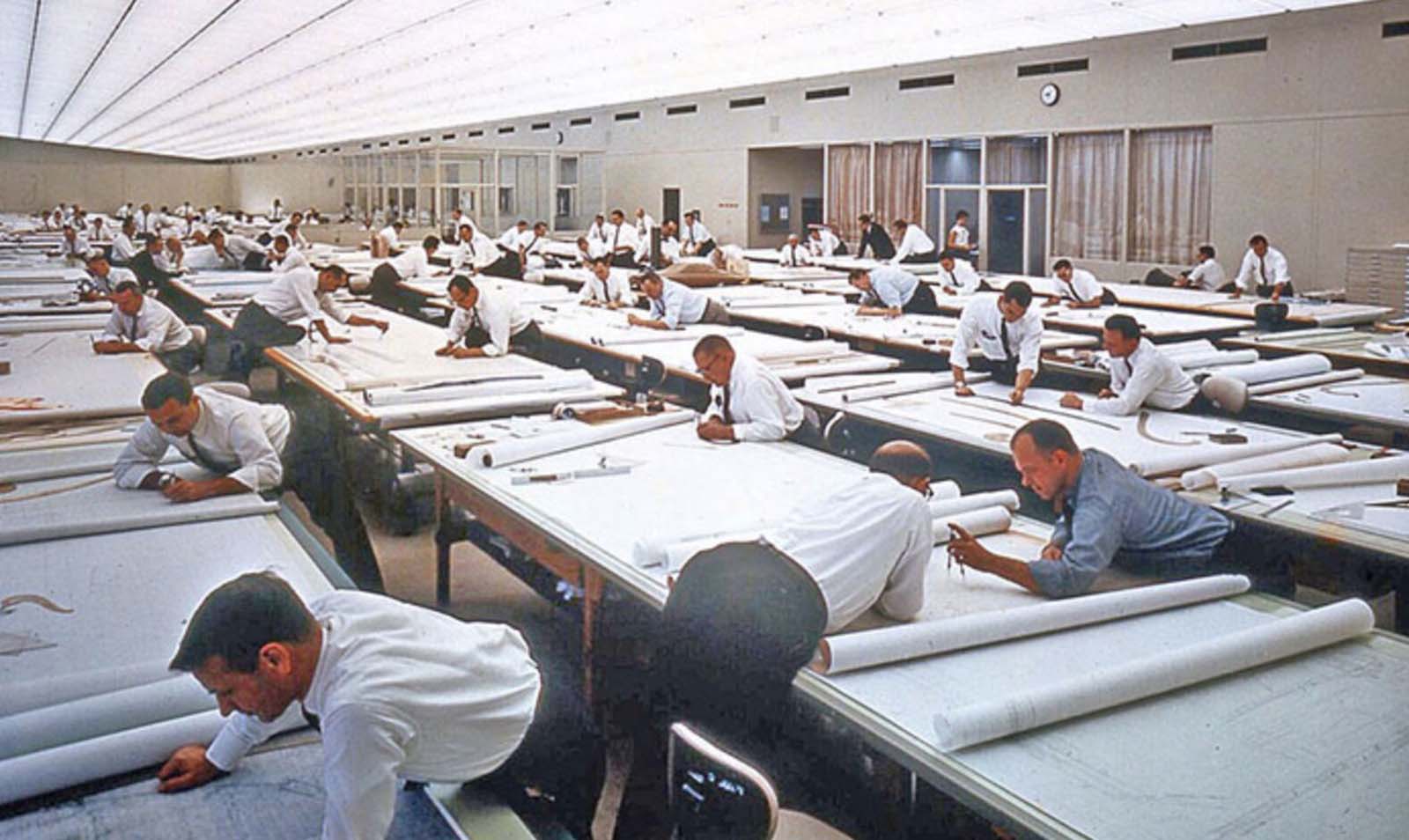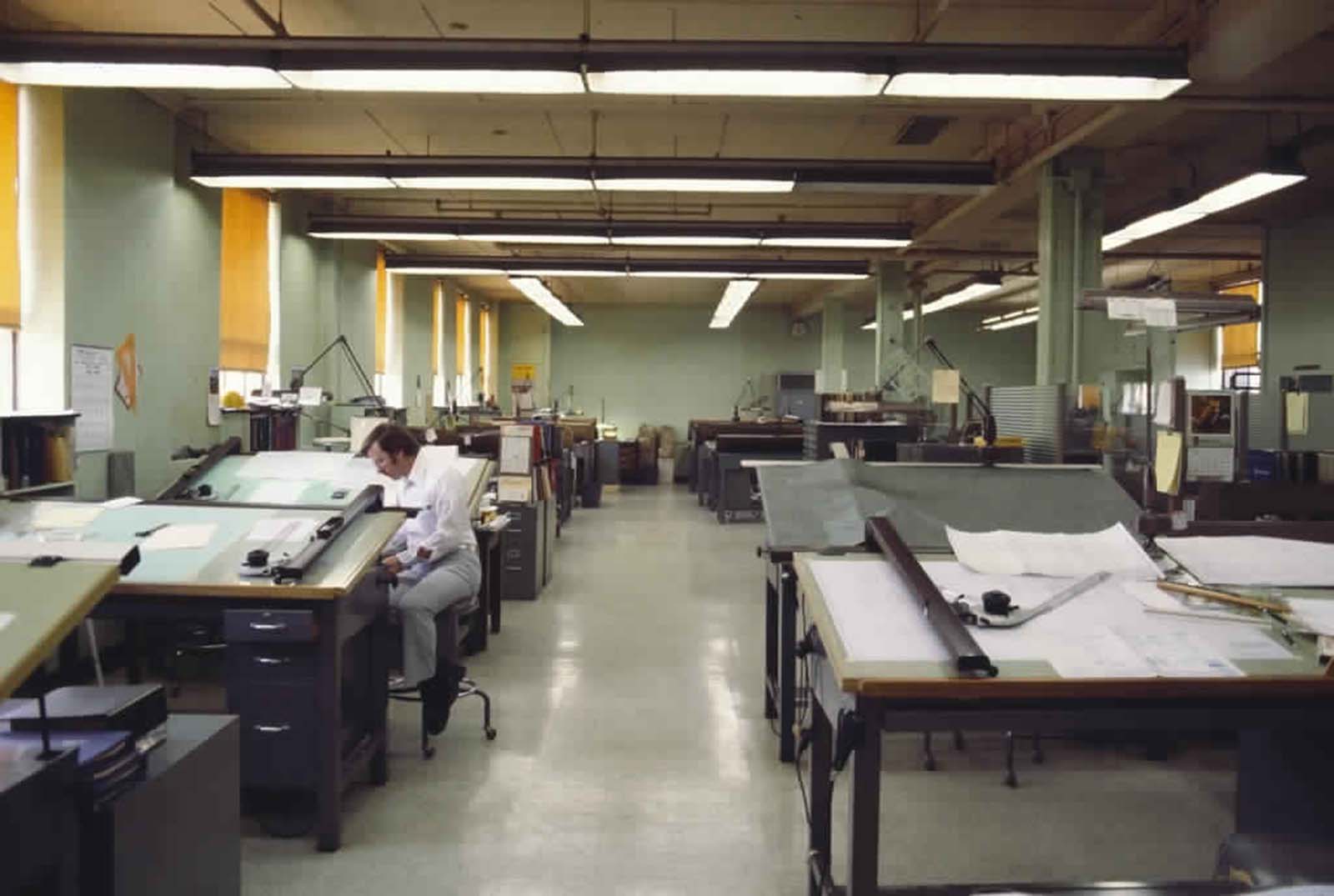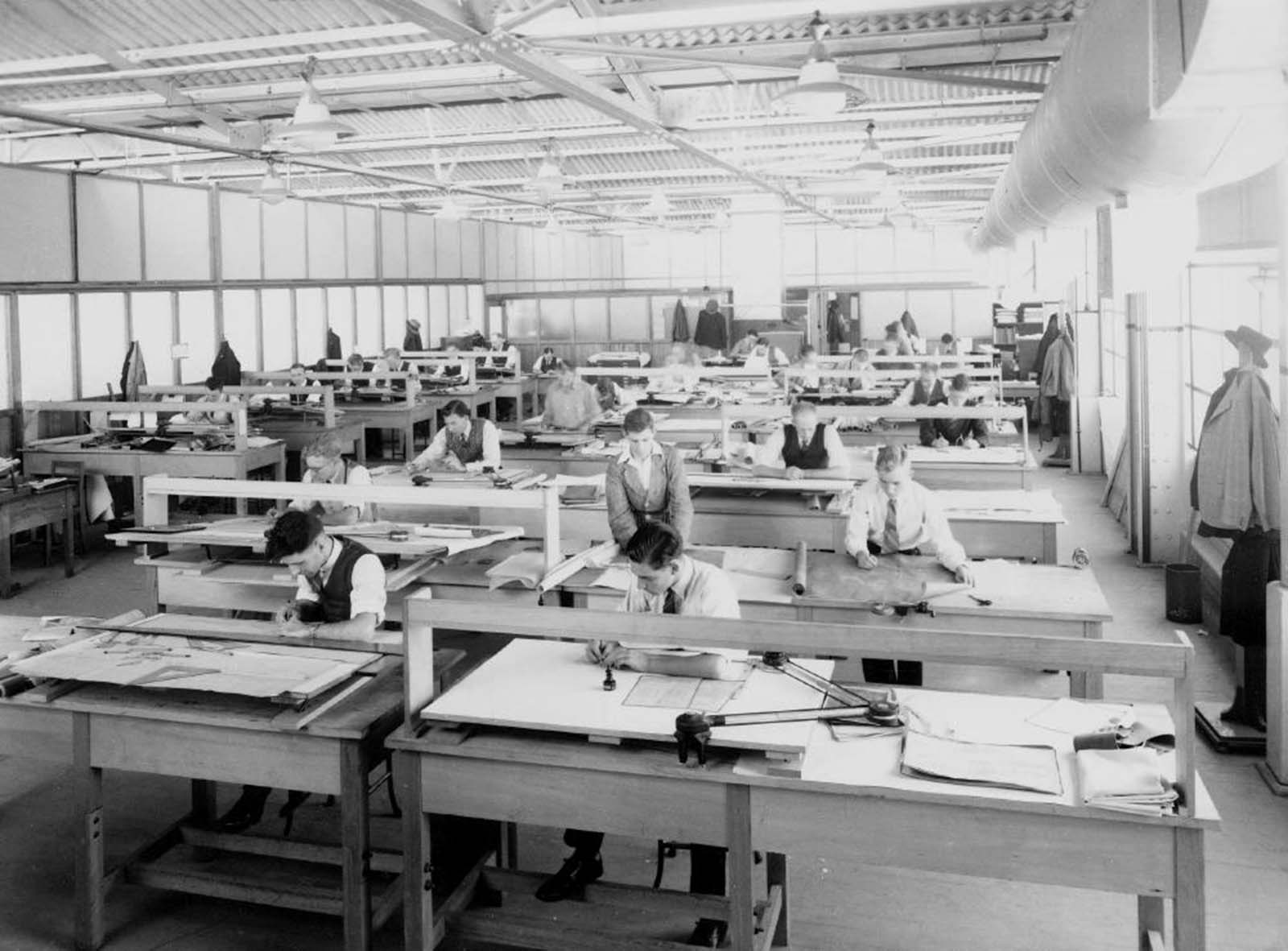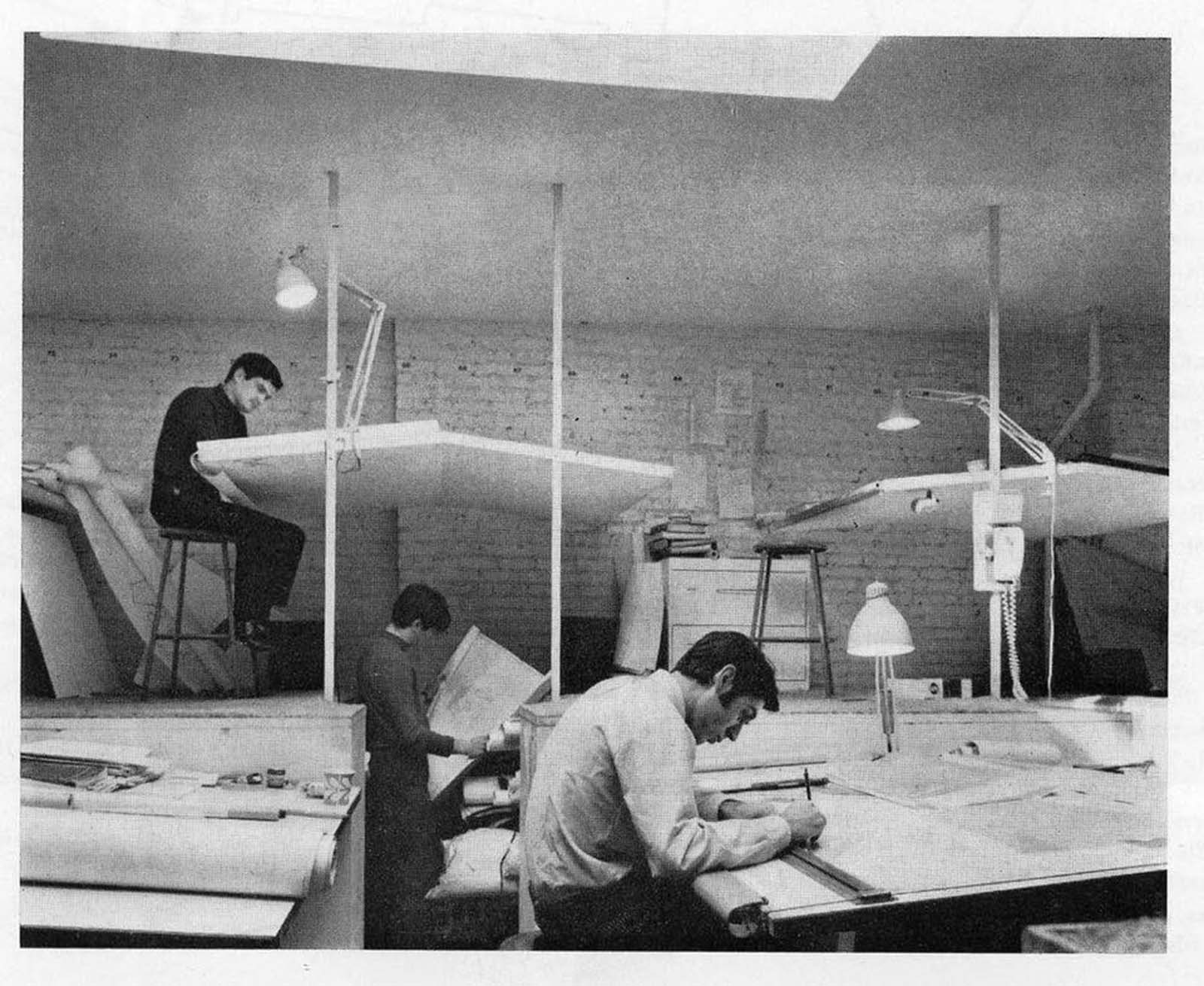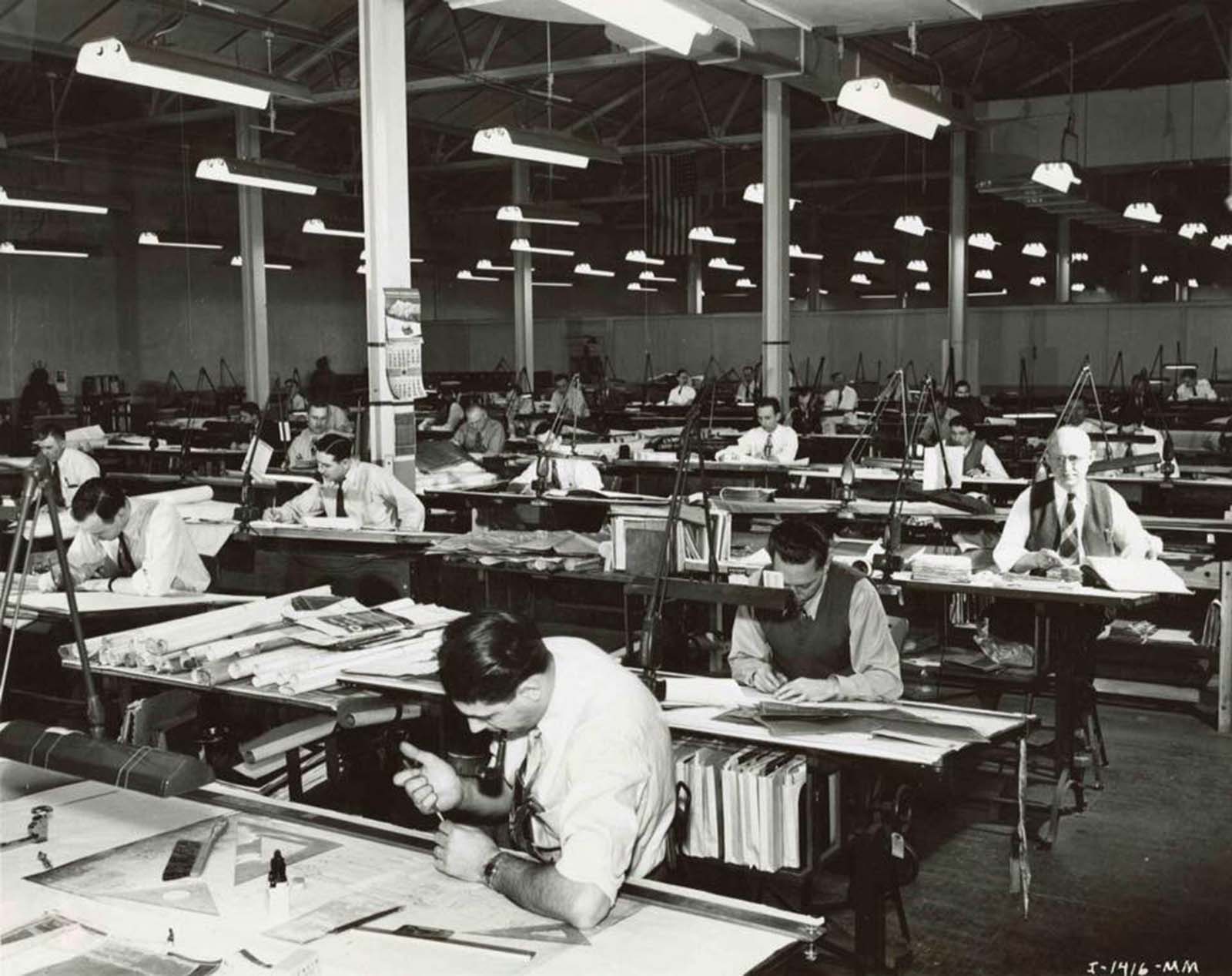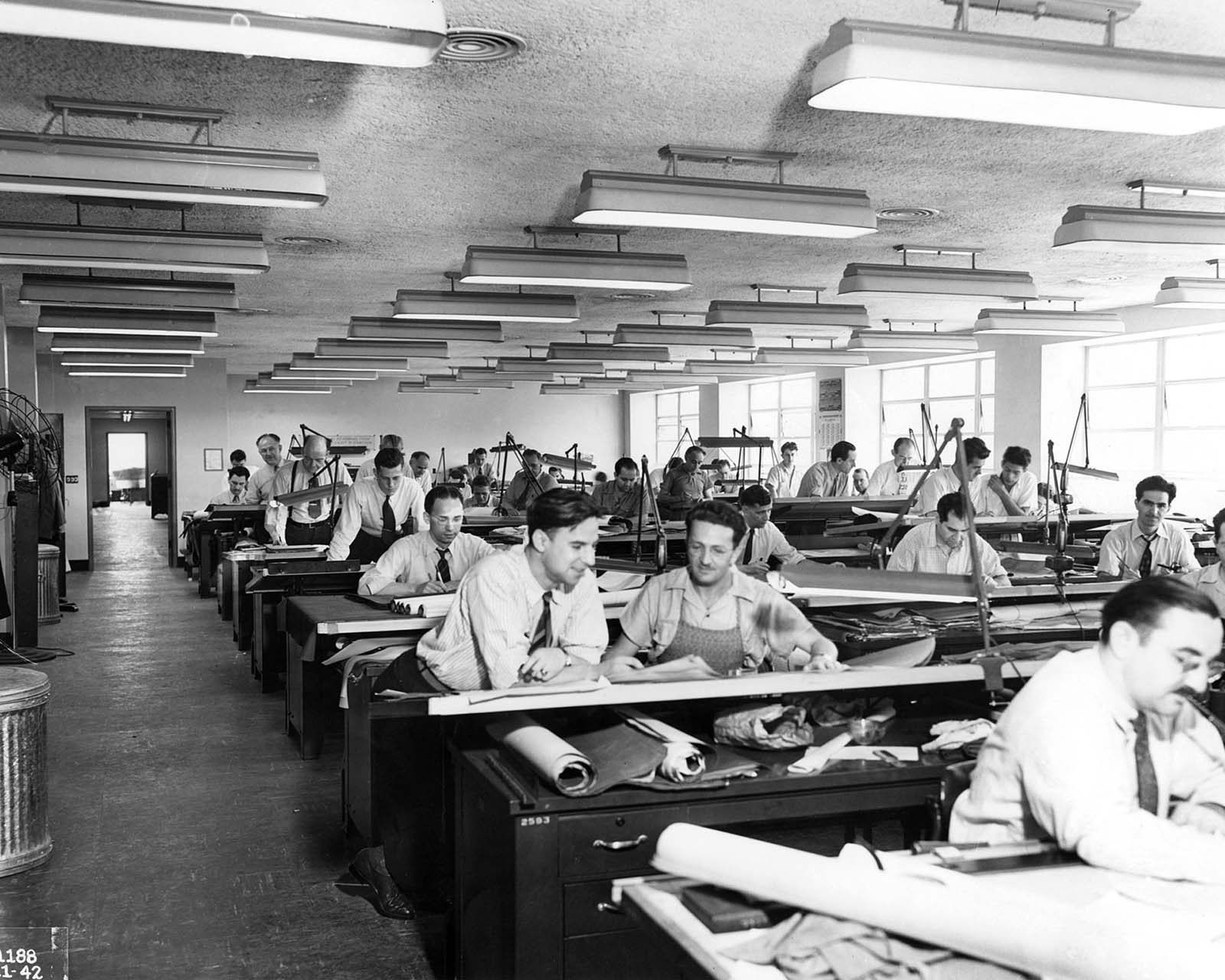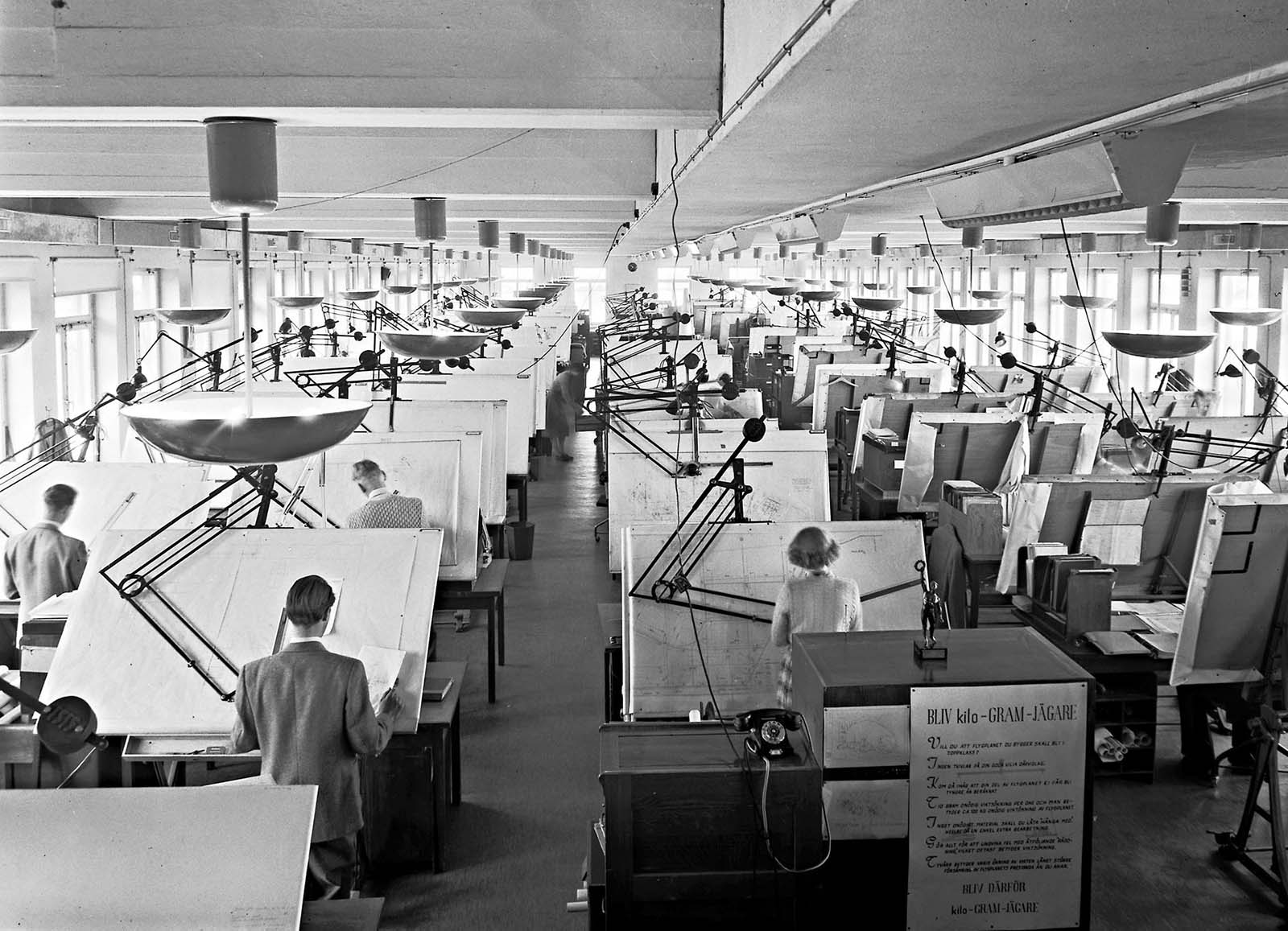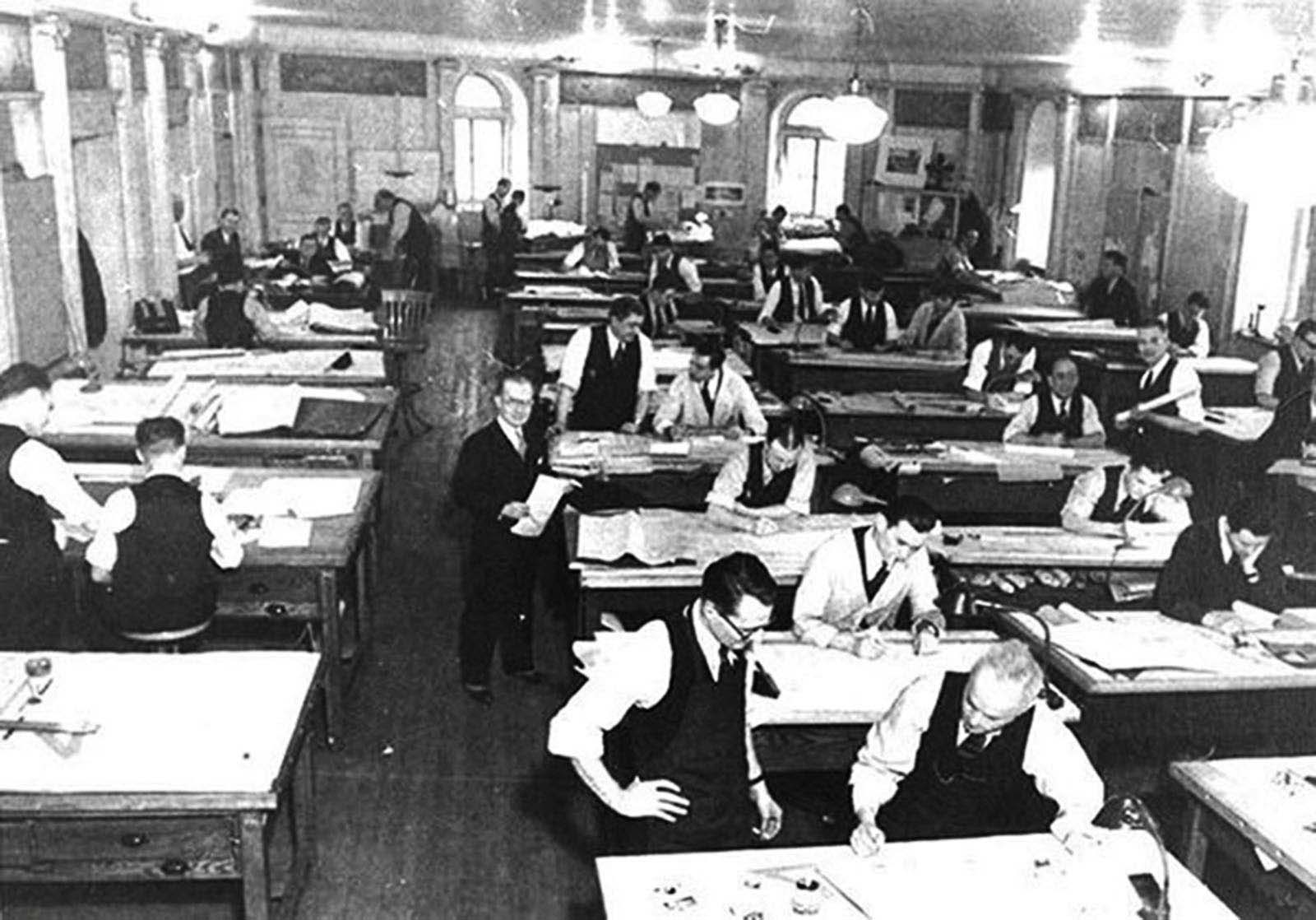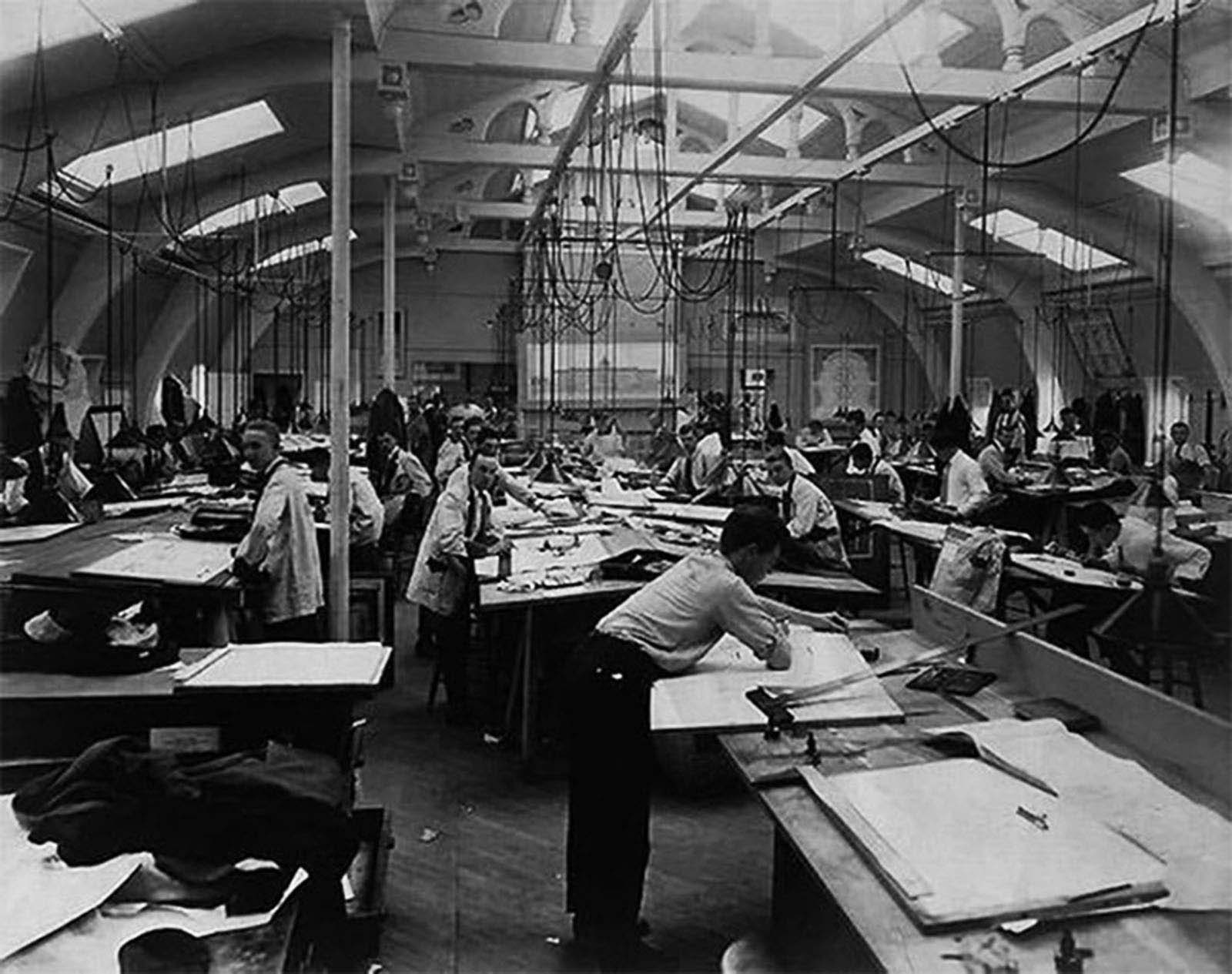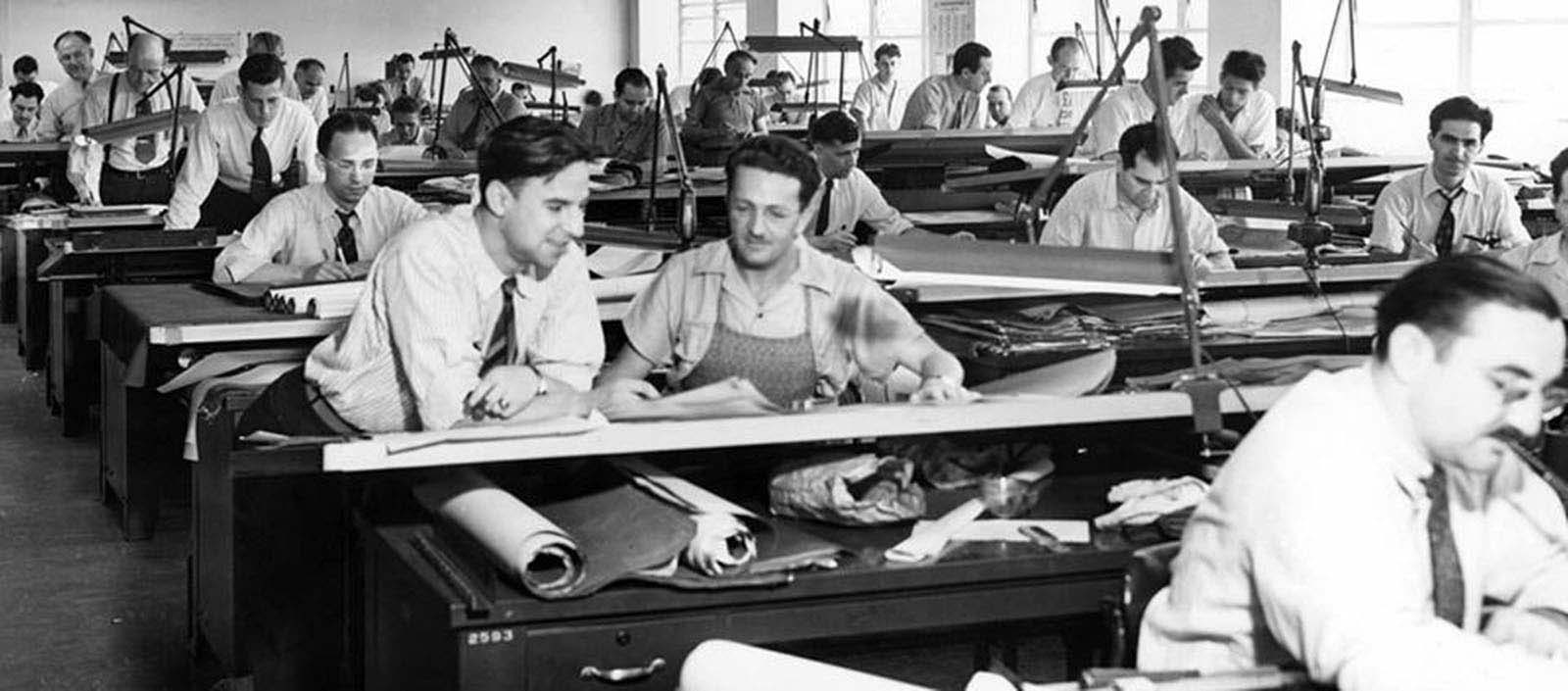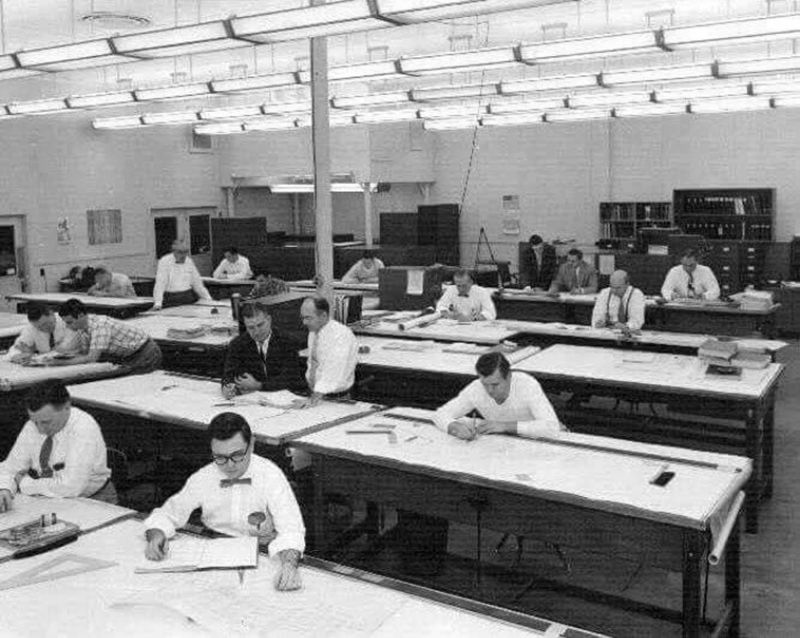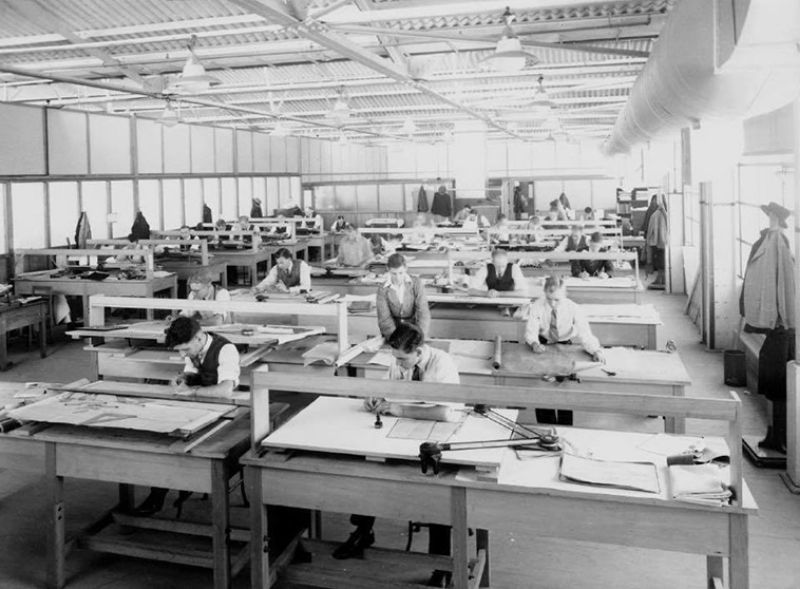Many types of equipment were required to complete a given drawing, such as drawing board, different grade pencils, erasers T-squares, set square, etc. The major disadvantage of a paper-based design was that you could not change the drawing after it was committed to paper. This would mean that if changes were required to the design, the engineers would need to create the sketches all over again. Examining the history of engineering drafting and design equivocally means looking at the history of man, the history of building things. Drafting and design have been around since the dawn of time. The earliest recorded history of engineering drafting was in 2000 B.C., of which we have a fossilized aerial view plan of a Babylonian castle. For the majority of drafting’s history, it was an art form perfected by skilled designers and essential to a culture’s infrastructure. For quite a long time, engineering meant getting out paper and drawing out plans and designs by hand. The modern age of engineering drafting was ushered in back in 1963 when a man named Ivan Sutherland invented a little program called Sketchpad. This was the first graphically interfaced CAD program – if you can call it that – to allow users to create x-y plots. By no means were engineers of the day using this program on a daily basis or even at all, but it started what is now a booming computer-aided design industry all centered around engineering design. Significant intellectual and financial investments were made in the 1960s into CAD programs by engineers at Boeing, Ford, Citroen, MIT, and GM. Likely evident by the companies involved, CAD emerged as a way to simplify automotive and aerospace designs. Due to a significant, lack of processing power compared to today’s standards, early CAD design required large financial and engineering capabilities. However, thanks to Moore’s Law and the rapid growth of electronics, CAD capabilities expanded steadily over the next half-century. Right in the middle of that growing advancement, the engineering world saw the foundation of Autodesk. At this time, it was the computer hardware available that was holding CAD programs back. Despite the massive effort by the technical field in the early 1980s, it wasn’t until the late 1980s and early 1990s that CAD software became capable enough to be practical in engineering design. Before, drafting was tedious and time-consuming. And the photos below really show it. Looking at them, you can almost hear the rustling paper. Now, architecture design, electrical, and other drafters are mainly clicking their mouse and keyboard.
(Photo credit: Wikimedia Commons / Britannica / Upscaled and enhanced by RHP). Notify me of new posts by email.
Δ Subscribe
